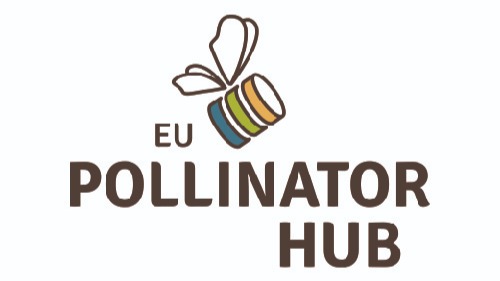Dataset: Urban Pollinator Networks
Dataset tables
| Table | Description | Rows | Data Points | Downloads |
|---|---|---|---|---|
Supplemental Files
Any supplemental files, not containing data.
| File Name | Description | File Details | ||
|---|---|---|---|---|
|
|
Dataset Report
|
This file contains in detail the structure of the dataset.
|
This is a generated file.
|
Abstract
Given widespread concerns over human-mediated bee declines in abundance and species richness, conservation efforts are increasingly focused on maintaining natural habitats to support bee diversity in otherwise resource-poor environments. However, natural habitat patches can vary in composition, impacting landscape-level heterogeneity and affecting plant-pollinator interactions. Plant-pollinator networks, especially those based on pollen loads, can provide valuable insight into mutualistic relationships, such as revealing the degree of pollination specialization in a community; yet, local and landscape drivers of these network indices remain understudied within urbanizing landscapes. Beyond networks, analyzing pollen collection can reveal key information about species-level pollen preferences, providing plant restoration information for urban ecosystems. Through bee collection, vegetation surveys, and pollen load identification across ~350 km of urban habitat, we studied the impact of local and landscape-level management on plant-pollinator networks. We also quantified pollinator preferences for plants within urban grasslands. Bees exhibited higher foraging specialization with increasing habitat heterogeneity and visited fewer flowering species (decreased generality) with increasing semi-natural habitat cover. We also found strong pollinator species-specific flower foraging preferences, particularly for Asteraceae plants. We posit that maintaining native forbs and supporting landscape-level natural habitat cover and heterogeneity can provide pollinators with critical food resources across urbanizing ecosystems.
Executive summary
Data overview
Data value
Data description
Data application
Unresolved issues
Introduction
Material and methods
Data acquisition
Data preparation
Data validation
Data analysis
References
There are no sources in the current document.
